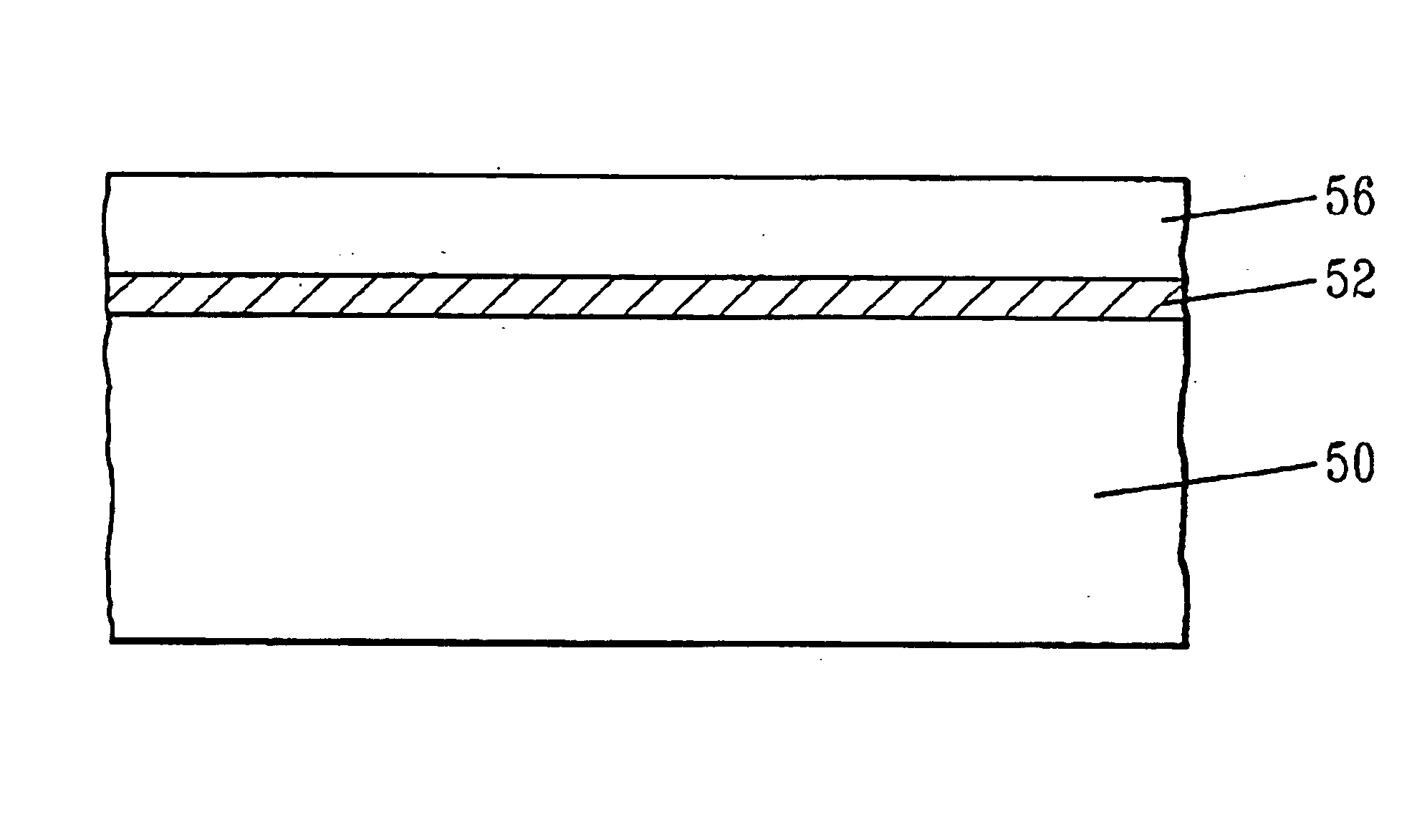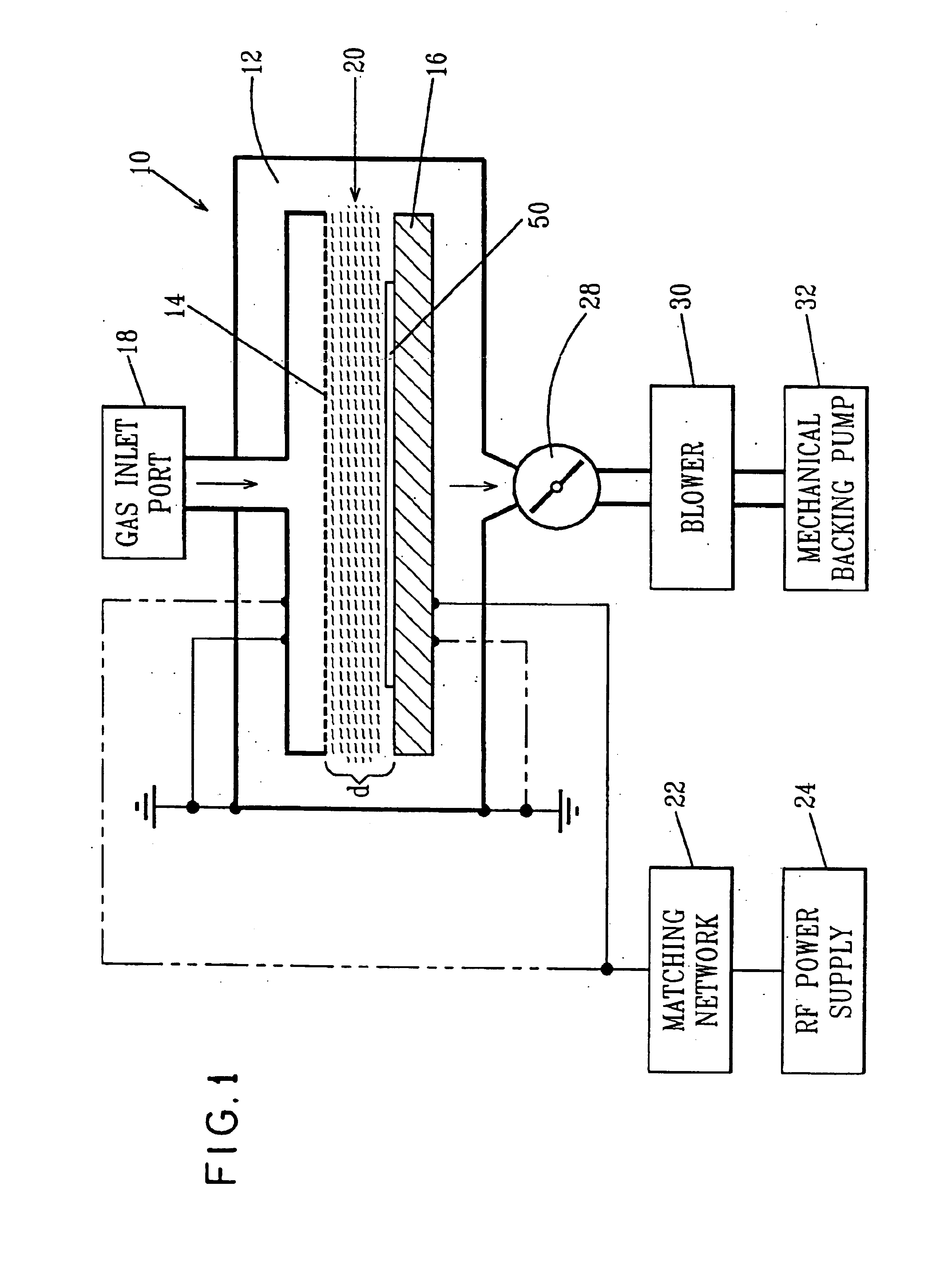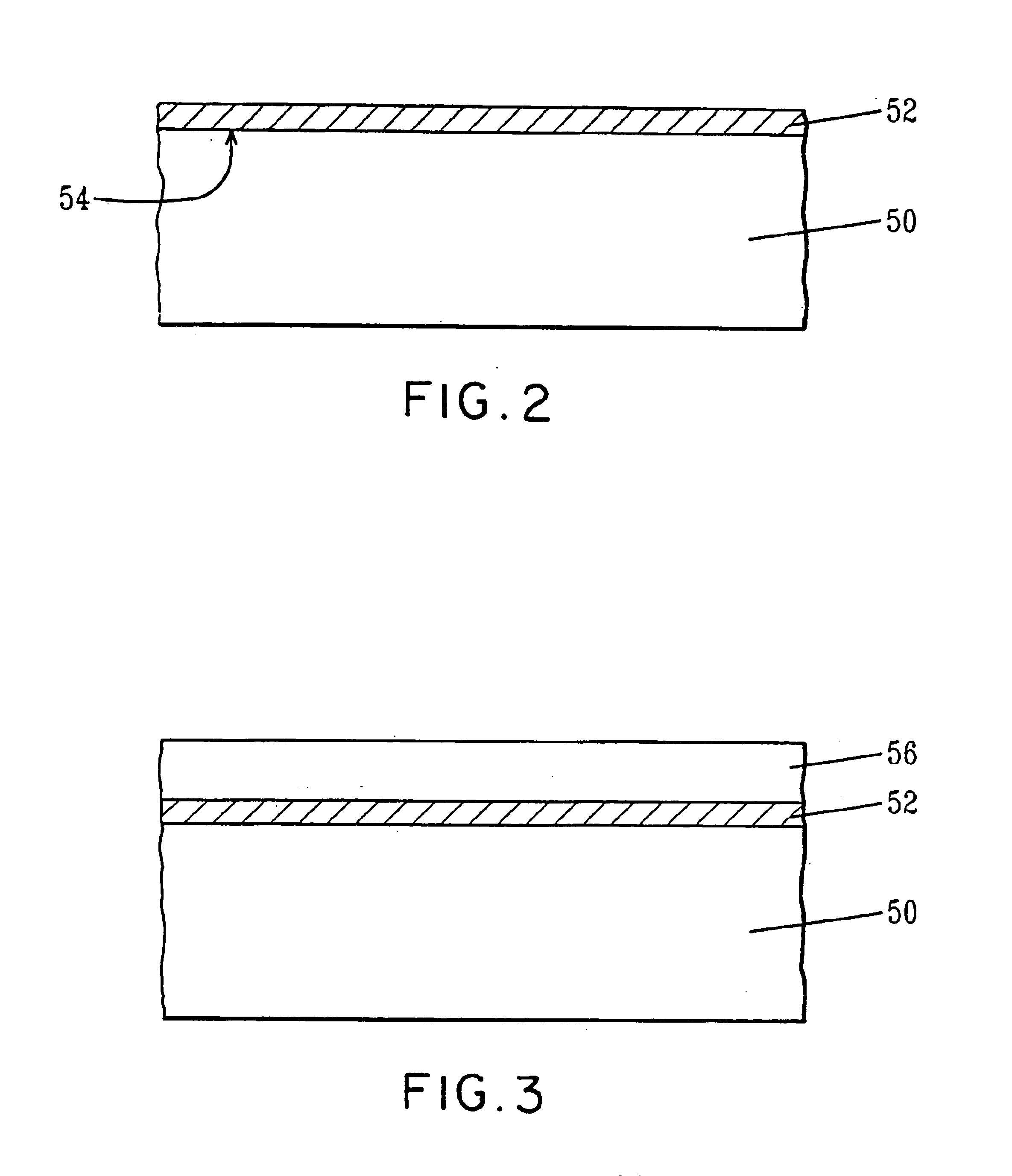Low-temperature plasma deposited hydrogenated amorphous germanium carbon abrasion-resistant coatings
a technology of hydrogenated amorphous germanium carbon and low-temperature plasma, which is applied in the direction of natural mineral layered products, instruments, transportation and packaging, etc., can solve the problems of ir sensor or window being exposed to considerable heat loading and erosion, affecting the optical transmissivity of ir sensors or windows being exposed to considerable erosion effects
- Summary
- Abstract
- Description
- Claims
- Application Information
AI Technical Summary
Benefits of technology
Problems solved by technology
Method used
Image
Examples
example
In this example, the abrasion-resistance of an a-GeCx:H coated IR transmissive material was compared with the abrasion-resistance of uncoated IR transmissive material. The specific IR transmissive material employed in this example is AsySe1-y. The a-GeCx:H coating, which had a deposited thickness of about 1.0 micron, was formed using the inventive method of the present invention using tetramethylgermanium as the germanium source material and using an RF frequency of about 13.56 MHz to generate the plasma.
Precise measurement of surface roughness using optical profilometry was employed in this example to determine the abrasion-resistance. The rms (root mean square) surface roughness (Rq) of the uncoated and a-GeCx:H coated AsySe1-y were measured before and after abrasion with super fine (#0000) steel wool. The uncoated AsySe1-y prior to abrasion had a measured rms surface roughness of about 7.58 nm. After abrading with steel wool, the rms surface roughness was about 208.56 nm. In the ...
PUM
| Property | Measurement | Unit |
|---|---|---|
| thickness | aaaaa | aaaaa |
| temperatures | aaaaa | aaaaa |
| refractive index | aaaaa | aaaaa |
Abstract
Description
Claims
Application Information
 Login to View More
Login to View More - R&D
- Intellectual Property
- Life Sciences
- Materials
- Tech Scout
- Unparalleled Data Quality
- Higher Quality Content
- 60% Fewer Hallucinations
Browse by: Latest US Patents, China's latest patents, Technical Efficacy Thesaurus, Application Domain, Technology Topic, Popular Technical Reports.
© 2025 PatSnap. All rights reserved.Legal|Privacy policy|Modern Slavery Act Transparency Statement|Sitemap|About US| Contact US: help@patsnap.com



